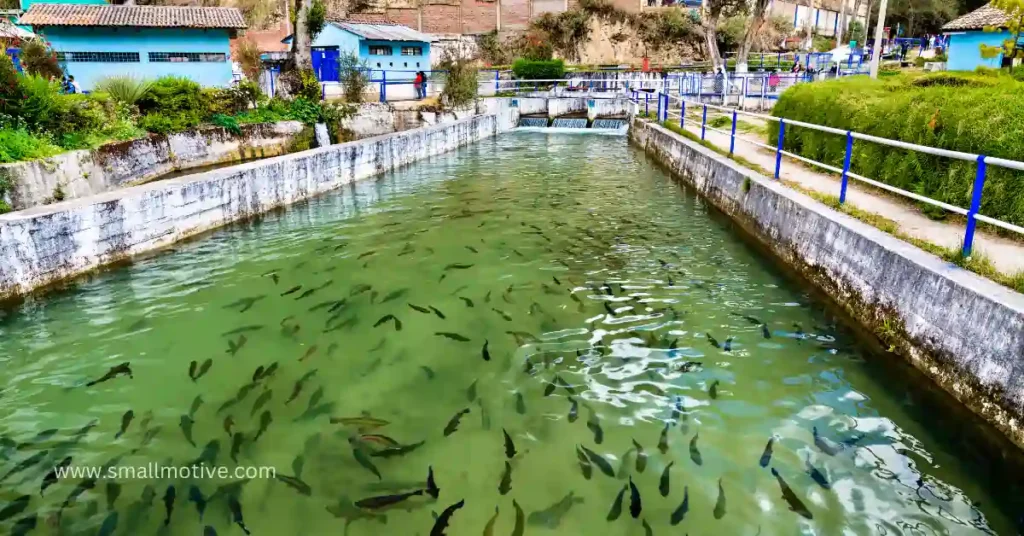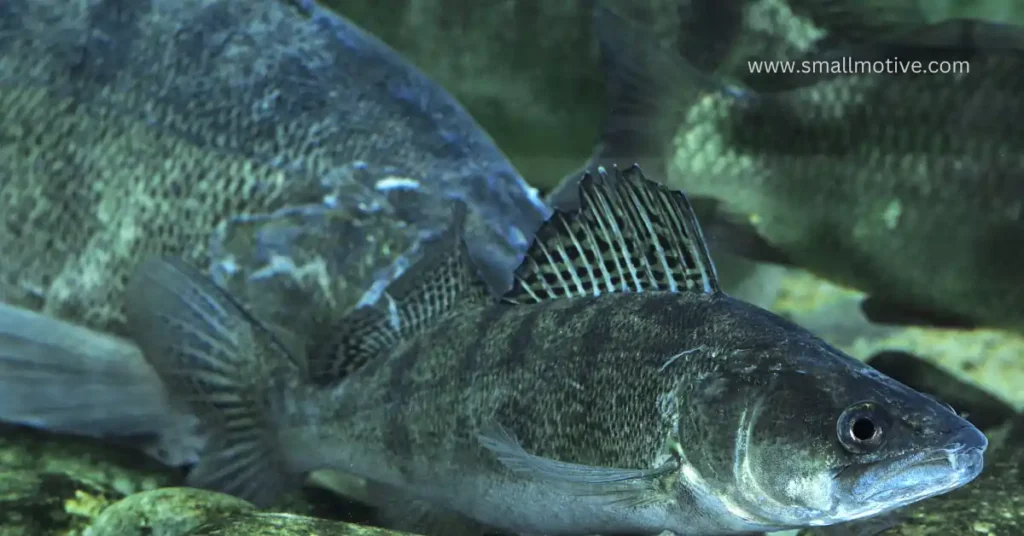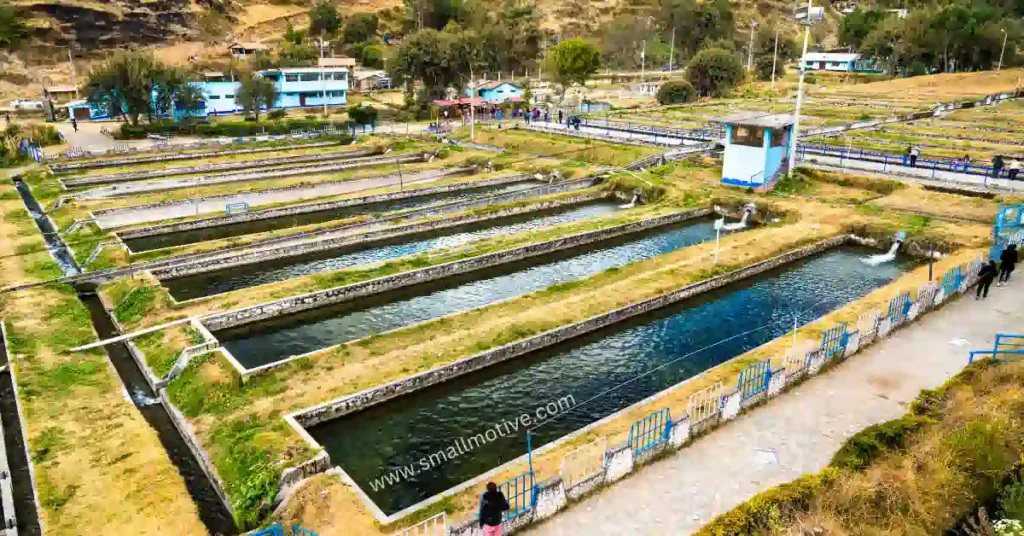Salmon farming, although providing a significant portion of the world’s salmon consumption, poses a grave threat to the health and sustainability of wild salmon stocks. In this article, we delve into the various ways in which salmon farming undermines the well-being of wild salmon populations and ecosystems.
I. Introduction
Salmon farming, also known as aquaculture, involves the cultivation of salmon in enclosures or pens in natural bodies of water such as oceans, fjords, or bays. While this industry has seen rapid growth due to increasing demand for salmon, it has raised concerns about its impact on wild salmon stocks.
Wild salmon play a crucial role in maintaining ecosystem balance and are integral to various ecosystems worldwide. Their populations support not only other wildlife but also indigenous communities and commercial fisheries.
II. Environmental Impact of Salmon Farming
A. Pollution from Fish Waste
Salmon farms produce a substantial amount of waste in the form of feces, uneaten feed, and chemicals used to treat diseases and parasites. These pollutants can accumulate in the surrounding waters, leading to eutrophication, harmful algal blooms, and oxygen depletion, which can have detrimental effects on marine life, including wild salmon.
B. Spread of Diseases and Parasites
Diseases and parasites are common in densely packed salmon farms, where they can spread rapidly among fish. Sea lice, in particular, pose a significant threat to both farmed and wild salmon. When infected farmed salmon escape into the wild, they can introduce pathogens to wild populations, leading to disease outbreaks and increased mortality rates.

III. Genetic Impact on Wild Salmon
A. Interbreeding with Wild Salmon
Escaped farmed salmon can interbreed with wild populations, leading to genetic pollution. This hybridization can dilute the genetic integrity of wild salmon stocks, reducing their ability to adapt to changing environmental conditions and increasing their susceptibility to diseases and other stressors.
B. Decrease in Genetic Diversity
Salmon farming often involves the selective breeding of fish for desirable traits such as faster growth or disease resistance. However, this focus on genetic uniformity can lead to a decrease in overall genetic diversity within farmed salmon populations. If escaped farmed salmon breed with wild populations, this loss of diversity can further compromise the resilience of wild salmon stocks.

IV. Escapes and Competition
A. Escape Events
Despite efforts to contain them, escape events from salmon farms are not uncommon. Storms, equipment failures, and human error can lead to the release of thousands of farmed salmon into the wild. Once escaped, these fish can compete with wild salmon for food and habitat, further straining already vulnerable populations.
B. Competition for Resources
The presence of large numbers of farmed salmon in coastal waters can lead to increased competition for food and space, particularly during critical life stages such as spawning and migration. This competition can negatively impact the survival and reproductive success of wild salmon, exacerbating existing threats to their populations.

V. Sustainable Alternatives
A. Closed-Containment Systems
Closed-containment systems, such as recirculating aquaculture systems (RAS), offer a more controlled environment for salmon farming. These systems minimize pollution and disease transmission while maximizing resource efficiency.
B. Integrated Multi-Trophic Aquaculture (IMTA)
IMTA combines various aquaculture species in a single ecosystem, utilizing natural processes to maintain water quality and reduce waste. By integrating multiple species, IMTA promotes ecological balance and minimizes environmental impacts.
C. Land-Based Salmon Farming
Land-based salmon farming facilities are located away from sensitive marine environments, reducing the risk of pollution and disease transmission. These facilities employ advanced technology to create optimal conditions for salmon growth while minimizing environmental harm.

VI. Conclusion
In conclusion, salmon farming poses a significant threat to the health and sustainability of wild salmon stocks. From environmental pollution to genetic impacts and competition for resources, the cumulative effects of salmon farming jeopardize the long-term viability of wild salmon populations and the ecosystems they inhabit. Addressing these challenges will require concerted efforts from policymakers, industry stakeholders, and conservationists to promote sustainable aquaculture practices and mitigate the impacts of salmon farming on wild salmon.
Unique FAQs:
1. Why is wild salmon conservation important?
- Wild salmon play a crucial role in maintaining healthy ecosystems and supporting biodiversity. Their conservation is essential for the well-being of other wildlife and human communities that rely on them.
2. How can consumers support wild salmon conservation?
- Consumers can make informed choices by purchasing sustainably sourced salmon and supporting fisheries and aquaculture operations that prioritize environmental stewardship and the protection of wild salmon populations.
3. Are there alternatives to traditional salmon farming methods?
- Yes, alternatives such as land-based closed containment systems and integrated multi-trophic aquaculture aim to minimize the environmental impacts of salmon farming while ensuring the production of high-quality seafood.
4. What role do regulations play in mitigating the impacts of salmon farming?
- Regulations governing salmon farming can help minimize environmental pollution, prevent escapes, and reduce the risk of disease transmission. Strong enforcement and adherence to best practices are essential for effective regulation.
5. How can we balance the demand for salmon with the need to protect wild stocks?
- Achieving a balance between salmon production and conservation requires collaboration among stakeholders to develop sustainable practices that prioritize environmental integrity and the long-term health of wild salmon populations.
